A walk through history in Hari Raya fashion
Sign up now: Get ST's newsletters delivered to your inbox
Noor Ashikin Abdul Rahman
Follow topic:
SINGAPORE (THE NEW PAPER) - Old is gold, they say.
And for that reason, Madam Razni Hassan, 58, a senior manager in the finance and insurance industry, still holds on to her Hari Raya clothes of yesteryear.
For her lucky daughters, Iffah Suhaila Mohamed Ali, 26, and Intan Sofia Mohamed Ali, 21, that means a wardrobe full of extra options to choose from during the festive season.
Some of Madam Razni's outfits are especially unique because she created them herself, having learnt to sew from a friend's mother when she was 20.
Miss Iffah Suhaila, who works in public relations, dug through her mum's wardrobe to unearth some "vintage" finds, which she modelled for us below.
EARLY 70S
Style: Kebaya kota baru, typically paired with kain batik wiron.
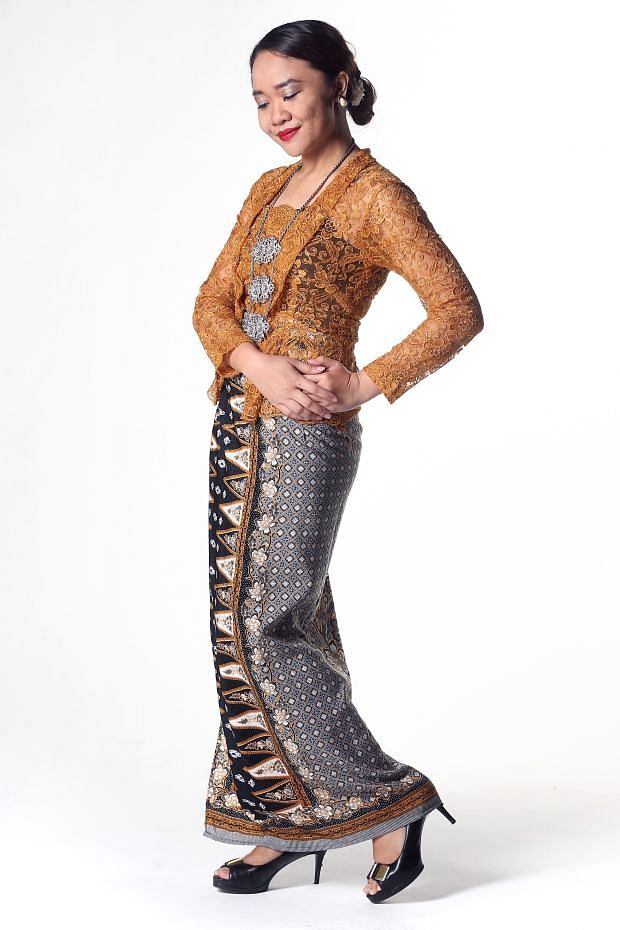
To show off one's curves, a corset is usually worn underneath. A "kerongsang tiga serangkai" - a necklace-like accessory comprising three silver or gold brooches on a chain - completes the outfit.
"Back in the 70s, you could say women were quite vain, so it could get quite competitive as we battled to see who had a better figure," said Madam Razni with a laugh.
MID TO LATE 70S
Style: Baju kurung, made from Swiss voile or kasa rubiah fabric
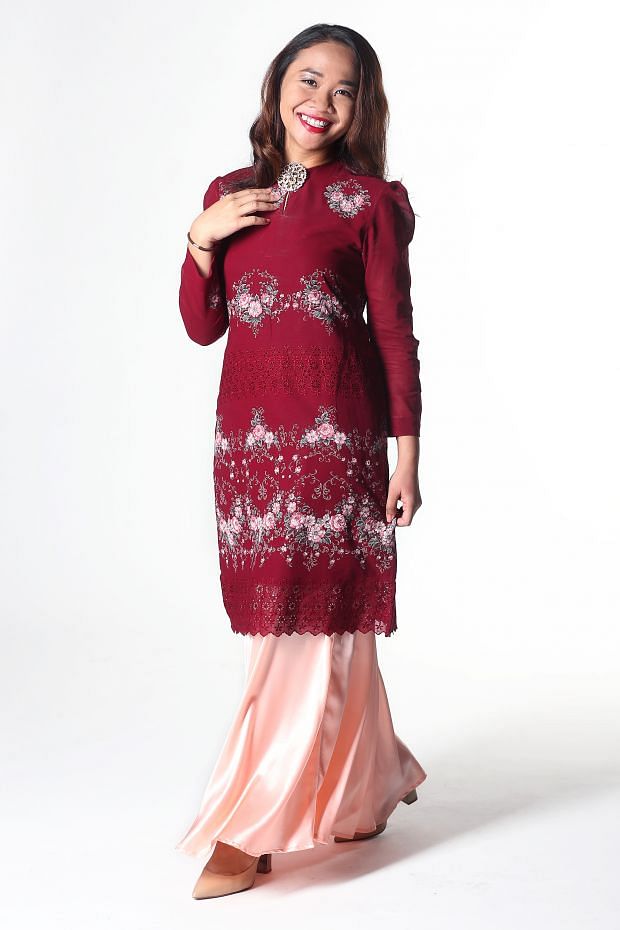
This maroon outfit was one of Madam Razni's first attempts at sewing her own baju kurung.
The material cost $50 per yard, which was expensive back then.
"I had to save up for two to three months. After spending so much, I couldn't afford to send it to the tailor so I learnt how to sew," said the mother of three.
EARLY 80S
Style: Modern kebaya
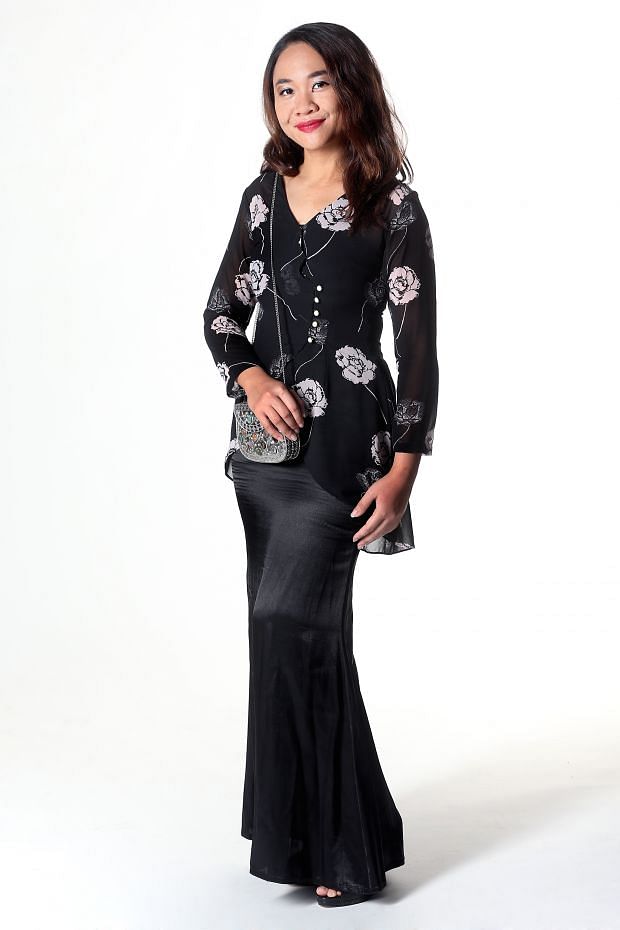
This outfit captured Madam Razni's husband's heart. It was love at first sight, she said.
Madam Razni recalled: "I wore this during a Hari Raya function that I organised at Geylang East Community Centre. My husband told me he couldn't keep his eyes off me!"
LATE 80S
Style: Sheer, embroidered kebaya typically paired with kain batik wiron
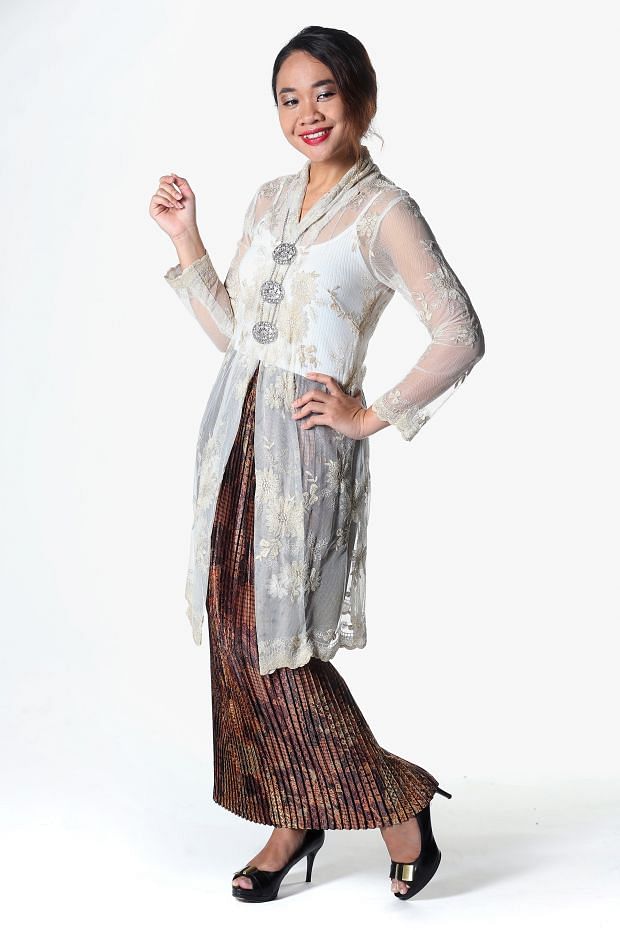
Madam Razni wore this intricate piece at her engagement ceremony - and birthday - in October 1988.
She said: "If my daughters can fit into this for their engagement ceremonies, I would be very happy."
90S
Style: Traditional baju kurung
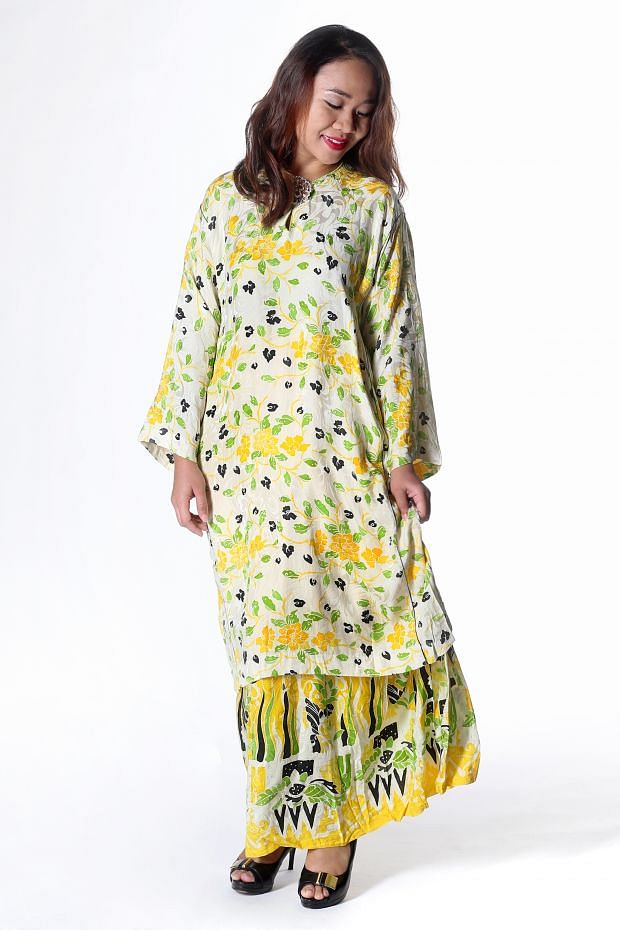
This is characterised by the pleats at the side of the skirt, the kekek (gusset), the pesak (side panel) and the wide sleeves.
Another unique trait? Puffy shoulder pads.
Said Madam Razni: "I love shoulder pads as they give the outfit a structured look, but youngsters don't seem to favour them these days. This outfit is very comfortable and suitable for all occasions."
EARLY 2000S
Style: Traditional baju kurung (with extra "oomph")
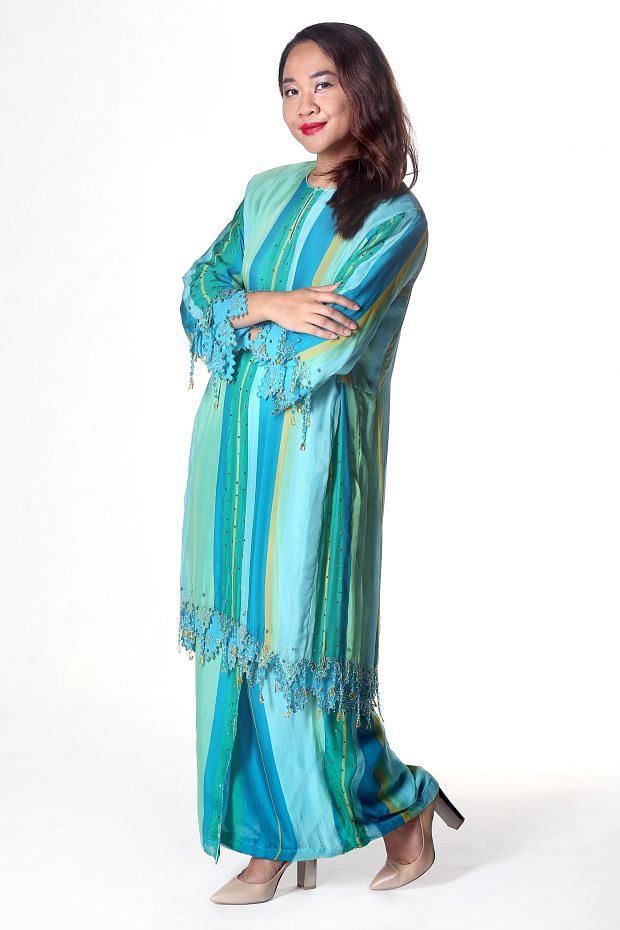
The elaborate embellishments on the sleeves and the hemline set this apart from the 90s style.
Madam Razni: "I sought inspiration from Malaysian magazines like Nona and Jelita. These styles are won by celebrities and VIPs' wives. The sequins and bling make the baju kurung look grand."
LATE 2000S
Style: Sheer chiffon top and kain songket
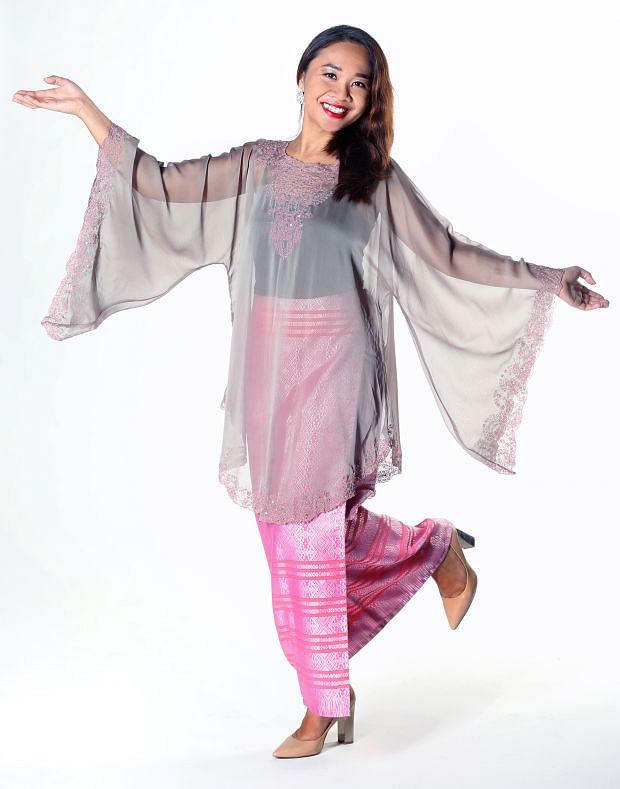
The top can be paired with any matching skirt, but a wraparound kain songket, or a type of brocade textile, is often popular.
EARLY 2010S
Style: Lace modern kurung
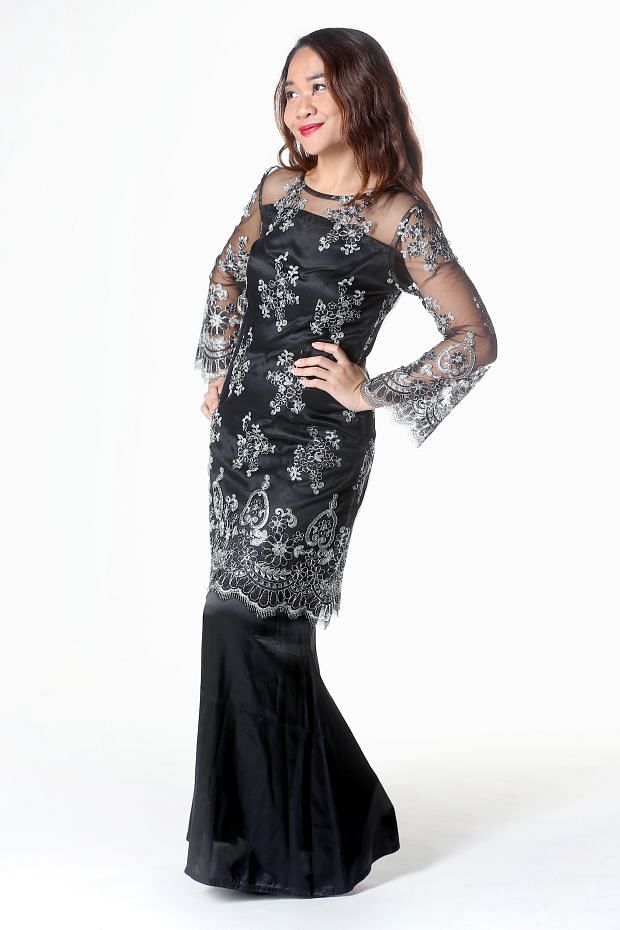
This trend has made several appearances over the decades, and has evolved to include sheer sleeve details and a slimmer cut.
2016
Style: Bell-sleeved top paired with a plain or patterned skirt
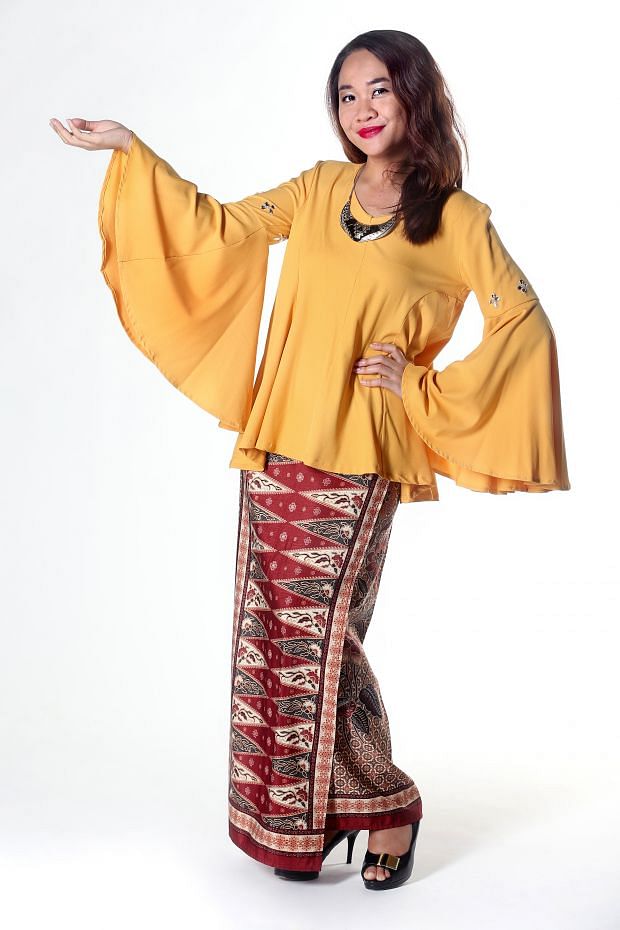
Flare is in this Hari Raya season. The best part about this top is its versatility, which means it is easily paired with pants or skirts for everyday use.

